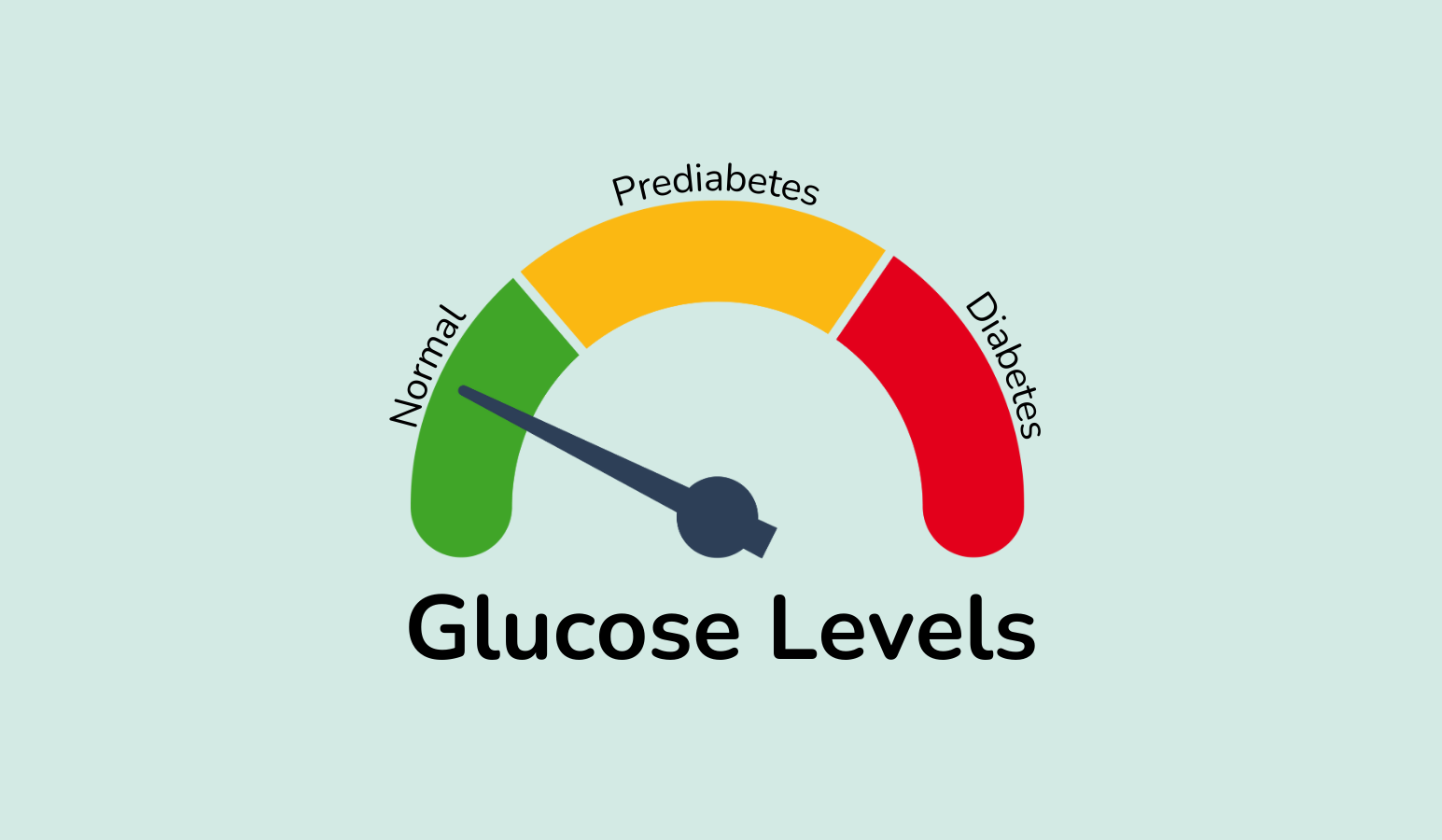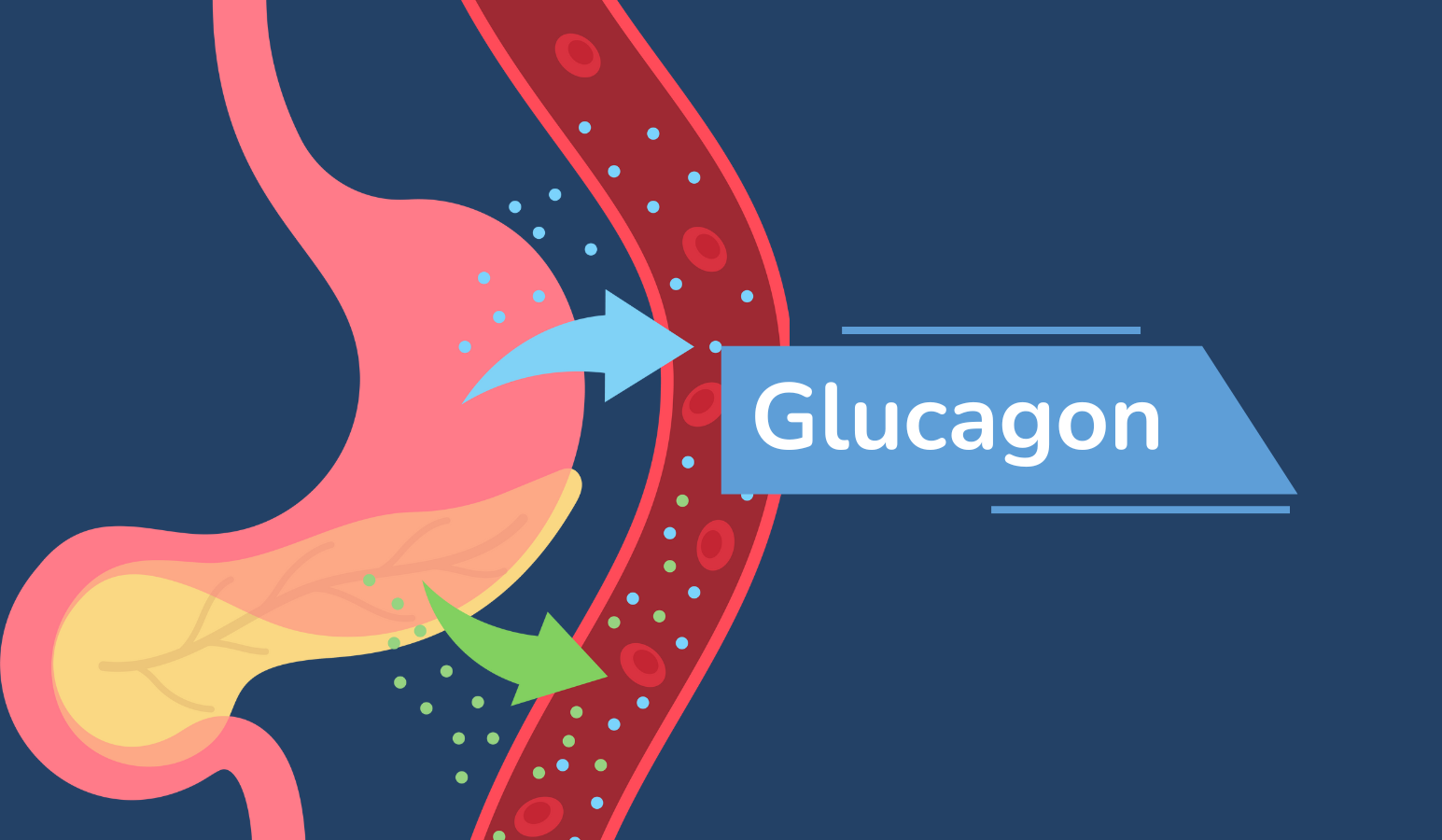Multiple hormones and processes in the body keep glucose (blood sugar) levels within the narrow healthy range of 3.9 to 7.8 mmol/l. These processes prevent hypoglycemia (low glucose levels) while not eating, and prevent hyperglycemia (high glucose levels) while eating and in response to stressful situations. The most important hormone for maintaining this balance, and the key to understanding diabetes, is insulin.
Diabetes
Insulin is released from the pancreas in response to high glucose levels, with higher glucose leading to more insulin being released. The body stops releasing insulin when glucose levels fall. When insulin is released into the body, it lowers glucose by turning off glucose production by the liver and turning on the use of glucose by tissues. A complete loss or a reduction of the pancreatic beta cells’ ability to make enough insulin to keep normal glucose levels leads to hyperglycemia (high blood sugar levels), and once the degree of hyperglycemia exceeds a certain level, the person is diagnosed with diabetes.
Prediabetes
Many people have glucose levels that, although abnormally high, do not exceed a certain level to be considered as diabetes. These people are broadly considered to have prediabetes.
People with either abnormal fasting glucose levels or glucose levels that rise too high after eating are at high risk of developing diabetes in the future. They also have a higher risk than the general population of other health outcomes such as heart attacks and strokes.



